Preservative Efficacy: Everything You Need to Know – Challenge Test
Thus, they are chemical substances that present significant microbial activity and are necessary for maintaining the quality and properties of the product, ensuring safe use throughout its shelf life. For instance, a cosmetic product sample provides nutrients to microorganisms, and its composition includes water, making it an optimal medium for the growth of bacteria, molds, and yeasts. For this reason, it’s crucial to incorporate preservatives into its formulation. To determine the behavior of the preservative on a specific product, an efficacy test, such as the Challenge test, is carried out.
The general guidelines for conducting a preservative efficacy test on a cosmetic product are:
Product formulation, which must contain the active cosmetic ingredients and the preservative to be evaluated.
Inoculation of the product. The test product is inoculated with a standardized amount of microorganisms (mainly bacteria, yeasts, and molds). The most common ones that could contaminate the product during its usual use are selected. To inoculate the sample, prior microbiological control and identification of the microorganism typology can be performed.
Monitoring microbial growth, or microbial count. Five microorganisms are used in the study: Escherichia coli, Pseudomonas aeruginosa, Staphylococcus aureus, Candida albicans, and Aspergillus brasiliensis.
Determination of preservative efficacy. It assesses whether the preservative used in a specific product formulation can inhibit or reduce microbial growth to acceptable levels during the product’s shelf life.
What are the rules governing this analysis? – Challenge Test
- ISO 11930. Provides guidelines for evaluating the antimicrobial protection of cosmetic products. It establishes a procedure to interpret the results obtained from the test together with the microbiological risk assessment to determine the overall antimicrobial protection of a cosmetic product. The standard highlights the inoculum to be added to each sample and the sampling periods, which are respectively 7 days for bacteria and yeasts, 14 and 28 days for bacteria, yeasts, and molds. Depending on the sampling time and product typology, two acceptance criteria are established.
- USP51 focuses on evaluating the effectiveness of antimicrobial preservative systems in pharmaceutical, cosmetic, and personal care products. The test involves inoculating the product with controlled amounts of specific microorganisms and then measuring the reduction of these microorganisms over a 28-day period. Products are classified into 4 specific categories.
- PCPC, which stands for “Personal Care Products Council.” It is not a standard per se but rather a manual that provides a series of detailed guidelines and recommended methodology to ensure the microbiological safety of cosmetic and personal care products. The guidelines encompass everything from microbiological risk assessment to specific test methods for evaluating preservation and microbiological stability. The manual includes 7 methods:
- PCPC M-1 Microbiological control.
- PCPC M-2 Detection and identification of microorganisms.
- PCPC M-3 Efficacy control for water-miscible products.
- PCPC M-4 Determination of efficacy for eye products.
- PCPC M-5 Efficacy control for nonwoven products.
- PCPC M-6 Efficacy control for products with low or no water content (oils, powders, among others).
- PCPC M-7 Preliminary efficacy determination from 1 to 7 days. This is a preliminary screening of the efficacy of the samples. Valid for methods 3, 4, 5, and 8 whose sampling periods start within a week.
Note: from our perspective, the most interesting part of the PCPC compatible with other preservative efficacy tests is the PCPC M7, as it allows us to do a preliminary sweep at 7 days, in cases where the formula is in the process of development.
- European Pharmacopoeia. Sets standards for the quality of pharmaceutical substances, including preservatives. These standards ensure that the preservatives used are effective against an adequate spectrum of microorganisms while maintaining a safety profile for users. In the European Pharmacopoeia, the previously mentioned micro.
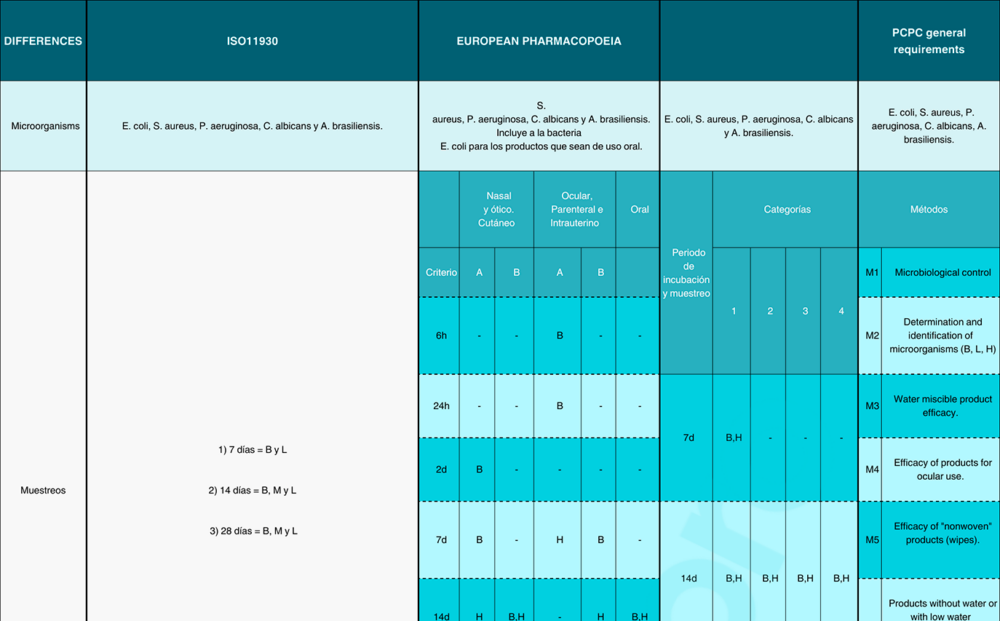
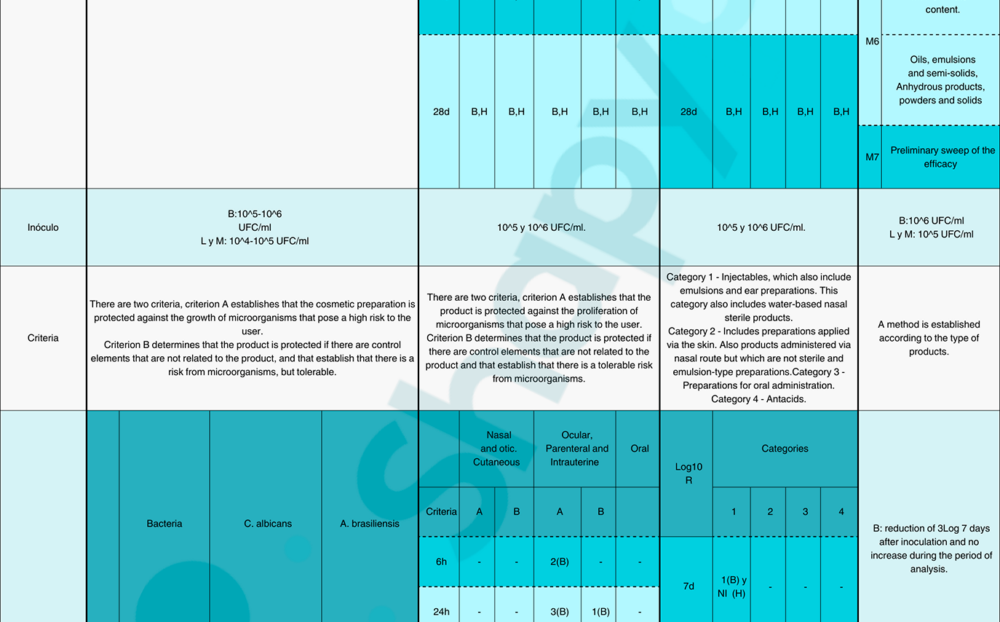
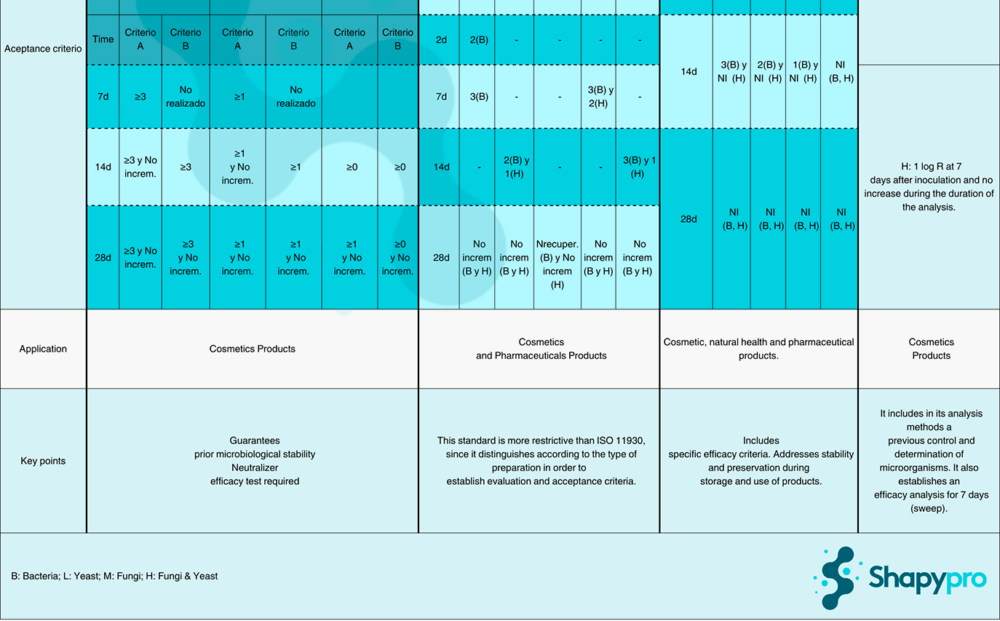
Do you want to get access to our 2024 agenda? Download it here.

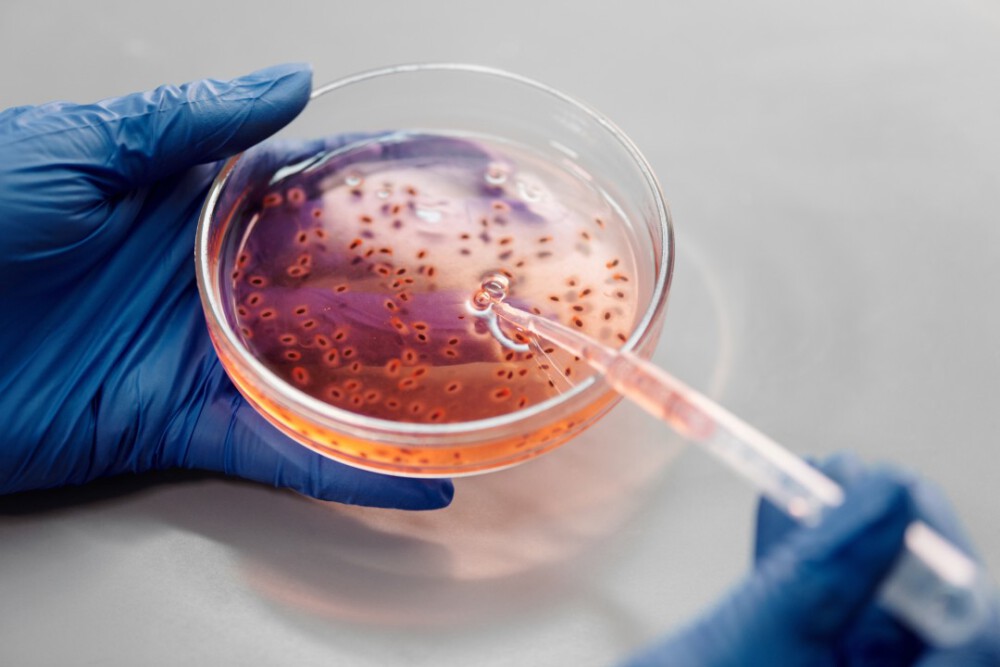
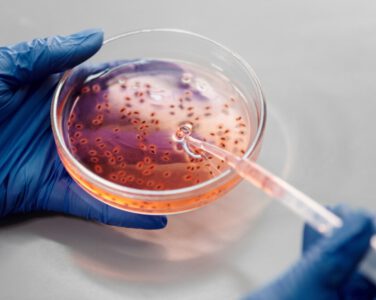
It’s not just about staying pretty on the shelf — the Challenge Test puts preservatives to the ultimate test so your products stay safe and sound.
Of course no, Challenge Test is an essential procedure for verifying the efficacy of preservatives in cosmetic products. In the cosmetics industry, microbiological safety is a top priority.